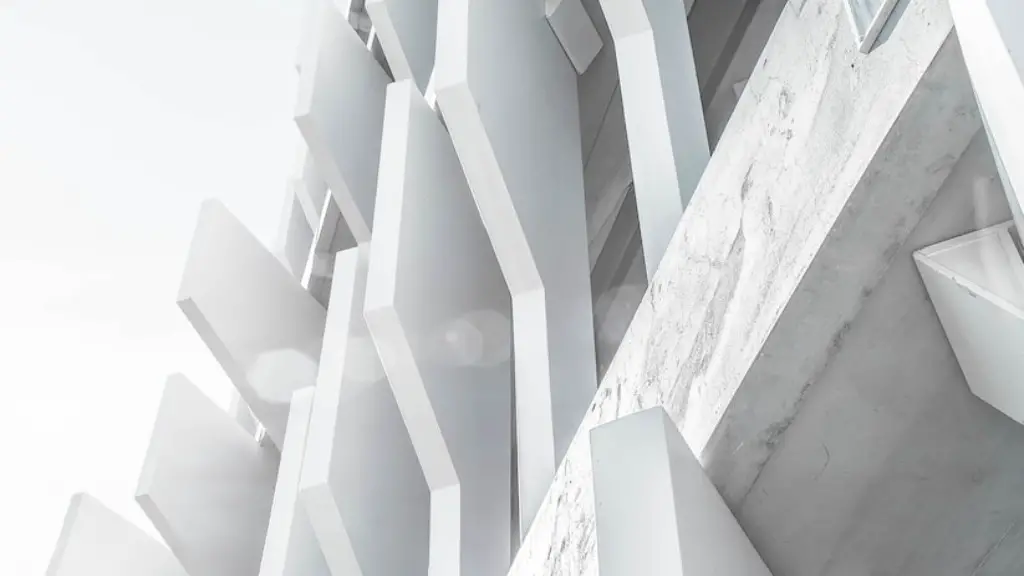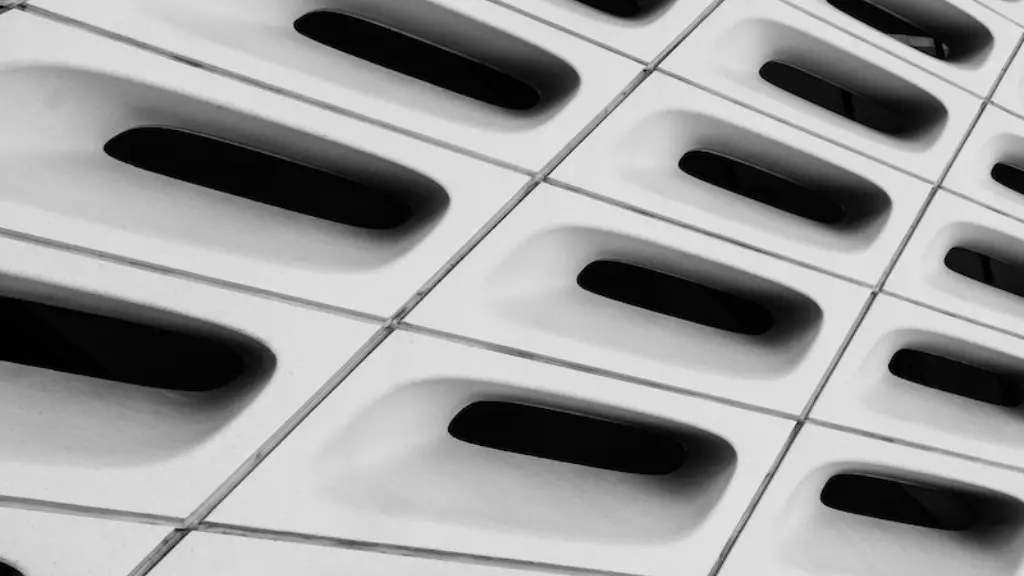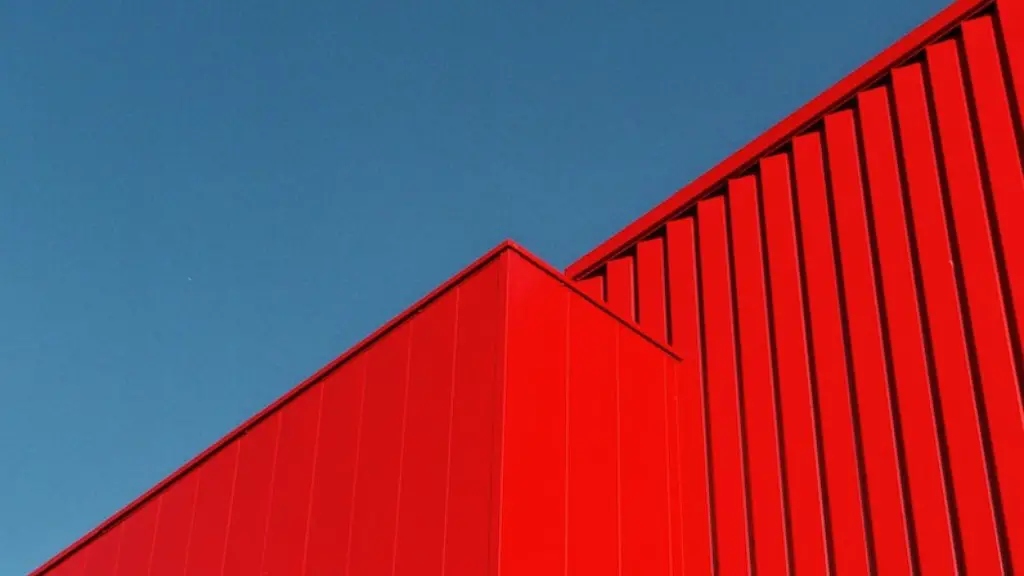Biophilia in architecture is the incorporation of plant and other life forms into the built environment. Proponents of biophilic design argue that exposure to nature can have positive effects on occupants’ health and well-being.
The term “biophilia” was first coined by German-American psychiatrist Erich Fromm in 1964, and later popularized by American biologist Edward O. Wilson in his 1984 book “Biophilia.” Wilson defines biophilia as “the innate urge to affiliate with other forms of life.”
As it relates to architecture, biophilia can be defined as the incorporation of natural elements and features into the design of built environments in order to foster a sense of connection between people and nature. This might include features such as natural light, plants, water, views of nature, and material finishes that evoke nature.
The goal of biophilic design is to create spaces that are not only aesthetically pleasing and functional, but also support our psychological and physical well-being. Studies have shown that biophilic design can lead to improvements in mood, focus, creativity, and even physical healing.
What is an example of using biophilia in architecture?
Biophilic design is a term used to describe design that incorporates natural elements into the built environment. Some common biophilic design elements include skylights, which provide natural light; green walls, or living walls, covered with living greenery; and the presence of water, such as fountains or ponds.
Biophilic design has been shown to have a number of benefits, including reducing stress, improving cognitive function, and increasing well-being.
Biophilic design principles are based on the idea that humans have an innate connection to nature. The three categories of biophilic design are nature in the space, nature of the space, and natural analogues. Nature in the space refers to the direct presence of nature and often includes multi-sensory interactions. Nature of the space refers to the design of the space itself, incorporating natural features such as daylight and views of nature. Natural analogues are features that mimic nature, such as water features or plants.
What are the characteristics of biophilic architecture
Biophilic designs are achieved by bringing the forms and patterns of nature into buildings. These natural features can either directly use light, air, water, or plants or nature-inspired images, colors, simulations, naturalistic shapes, etc. to create an environment that is more conducive to human health and well-being. Numerous studies have shown that biophilic design can lead to improved cognitive function, reduced stress levels, and increased overall satisfaction with one’s environment.
Biophilic design is a rapidly emerging field of architecture and design that seeks to create spaces that connect people with nature. The goal is to create environments that are not only aesthetically pleasing but also promote physical and mental health.
There is a growing body of evidence that suggests that exposure to nature can have a positive impact on health. For example, studies have shown that patients healing from surgery recover more quickly when they have a view of nature, and that office workers are more productive when they have access to natural light and views of nature.
Biophilic design takes these findings into account and seeks to create spaces that incorporate elements of nature. This can be done in a number of ways, such as using natural materials, incorporating plants and water features, and providing views of nature.
While biophilic design is still a relatively new field, it is growing in popularity as more and more people recognize the importance of connecting with nature.
What are 3 benefits of biophilic design?
Biophilia is more than just a philosophy—it’s a design approach that incorporates nature into the built environment to support cognitive function, physical health, and psychological well-being. The Natural Resources Defense Council (NRDC) incorporates biophilic design into all its offices to encourage the connection between humans and nature, as well as promote staff wellness and productivity.
There are six elements that make up the environment: natural shapes and forms, natural patterns and processes, light and space, place-based relationships, and evolved human-nature relationships. Each of these elements has its own set of attributes that contribute to the overall environment.
Natural shapes and forms include the physical features of the landscape, such as mountains, valleys, rivers, and forests. Natural patterns and processes refer to the way these features interact with each other, such as the flow of water in a river or the growth of a plant. Light and space refer to the amount of sunlight and open space available in an area. Place-based relationships are the connections between people and their environment, such as how they use and interact with their surroundings. Evolved human-nature relationships are the ways in which humans have adapted to their environment over time, such as through the development of technology or the domestication of plants and animals.
What colors are biophilic architecture?
There are many ways to create a biophilic color palette. One way is to use subdued colors like soft browns, earthy greens, and natural beiges. Another way is to use sunshine yellows and sky blues. Ultimately, the colors you use will depend on the overall look and feel you want to create.
These principles are important for all architects to keep in mind in order to create buildings that will be long-lasting, functional and aesthetically pleasing. By incorporating these principles into our designs, we can create structures that will stand the test of time and be enjoyed by many.
What are the 7 principles of architecture
An interesting design is one that is balanced, has rhythm, is Emphasized, has proper proportions and scale, moves well, and has good contrast and unity.
Biophilic design is a concept that recognizes the innate connection between humans and nature.
Nature in the Space: This category of biophilic design incorporates elements of nature directly into the built environment. This might include incorporating plants or natural light into a space, or using natural materials.
Natural Analogues: This category uses design to create an environment that evokes the features of a natural setting. This might include using water features or natural colors and patterns.
Nature of the Space: This category focuses on creating a space that fosters a connection to nature. This might include incorporating views of nature, or designing a space to feel safe and nurturing.
What are the five elements of nature in architecture?
At any point in the house, one can feel the presence of the five elements of nature: water, air, earth, light, greenery. These five elements work together to create a sense of harmony and balance in the home. Water is used in the home for both cleansing and relaxation, while air provides freshness and circulation. Earth gives the home a sense of stability and grounding, while light brightens the space and brings a sense of cheerfulness. Greenery adds a sense of life and growth, bringing a breath of fresh air to the space.
There is a growing body of evidence that suggests that contact with nature can have a positive impact on our health and wellbeing. Biophilic design is a term that describes the integration of natural elements into the built environment in order to create spaces that are more conducive to human health and wellbeing.
There are a number of benefits associated with biophilic design, including improved mental health, increased productivity, and improved stress recovery. There is also evidence to suggest that biophilic design can help to create a sense of place and community.
While the research on biophilia is still in its early stages, there is already a wealth of evidence to suggest that biophilic design is a powerful tool for creating more health-promoting environments.
What are the nine values of biophilia
Biophilia is the love of nature. It is a human instinct that is essential for our survival. Biophilia is what motivates us to seek out contact with nature, whether it is to go for a walk in the park, or to plant a garden.
Biophilia has been shown to have a number of benefits for our health and well-being. Contact with nature has been linked with lower stress levels, increased happiness, and improved mental and physical health.
It’s important to point out the difference between “green” design and “biophilic” design. “Green” design focuses on sustainable practices for environmental conservation, while “biophilic” design focuses on human health and wellbeing.
What is biophilia and why is it important?
The psychology behind biophilia is that humans have an innate desire to connect with nature and living things. This connection can be beneficial to our physical and emotional health. One of the key figures in developing this theory was Edward O Wilson.
Biophilic design is all about incorporating natural elements into your home in order to create a space that is both calming and invigorating. Fresh air and natural light are two of the most important elements, so be sure to open your windows wide and let in as much daylight as possible. Plants are also key to biophilic design, so consider adding some greenery to your space. And when it comes to materials, opt for natural options like wood, stone, and plants rather than synthetic materials. Finally, don’t forget the power of art in creating a biophilic space. Choose pieces that depict nature scenes or that make use of natural materials for a truly unique space.
What are the two dimensions of biophilic design
Biophilic design is the practice of incorporating natural elements into the built environment in order to create a more sustainable and livable space. The two basic dimensions of biophilic design are direct experience, which incorporates self-sustaining features of the environment like daylight and plants, and indirect experience, which incorporates human-sustained natural features like potted plants and water fountains.
When designing a space, it is important to consider how the space will be used and what type of experience the occupants will have. If the goal is to create a space that is sustainable and livable, incorporating elements of biophilic design is a great way to achieve this.
Biophilic design strives to create spaces that connect occupants with the natural world. One way to achieve this is through increased daylighting, which can help reduce stress and improve well-being. Another strategy is to provide visual connections to nature, such as through views of the outdoors or the use of natural materials.
Conclusion
The term “biophilia” was first coined by German-American psychologist Erich Fromm in the 1960s, and it refers to the human tendency to seek out and form connections with other living things. In architecture, biophilia can manifest itself in many different ways, from incorporating plant life and natural materials into buildings to designing spaces that encourage occupants to spend time outdoors. The goal of biophilic design is to create environments that foster this innate human need for connection with nature.
Biophilia in architecture is the principle that the built environment should be designed to connect people with nature. Proponents of biophilic design argue that it can improve human health and well-being, as well as create more sustainable and environmentally friendly buildings.





